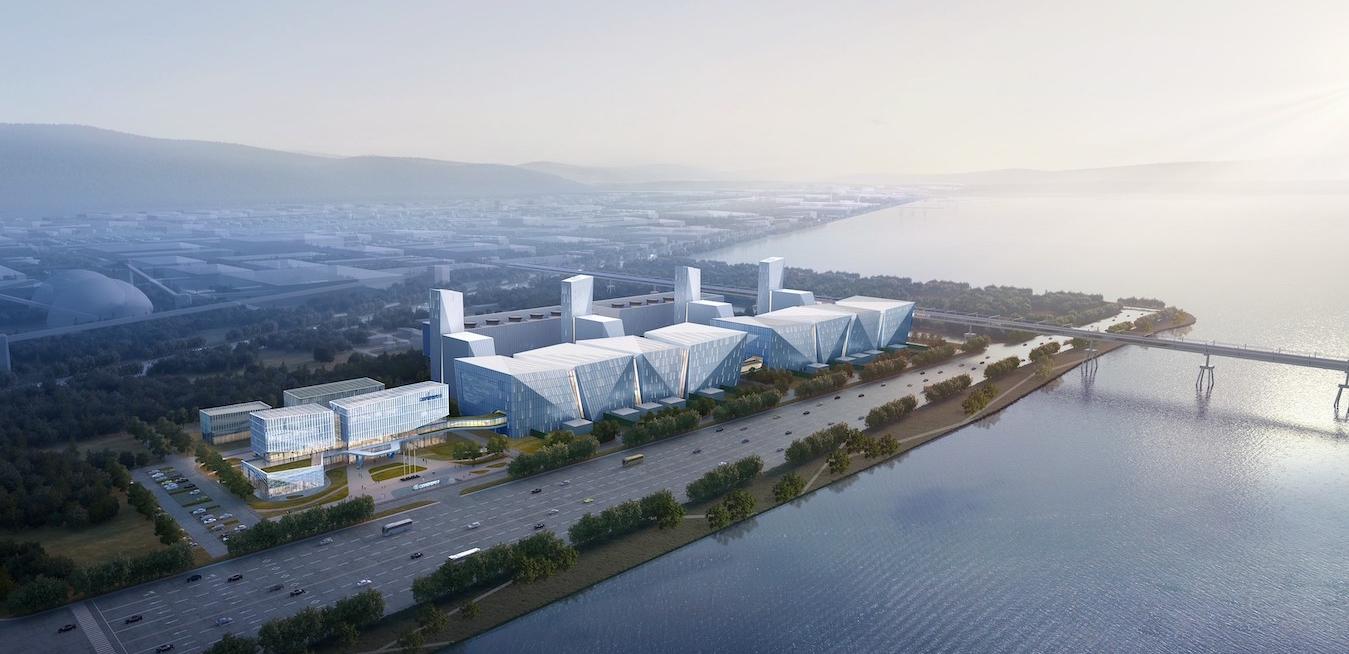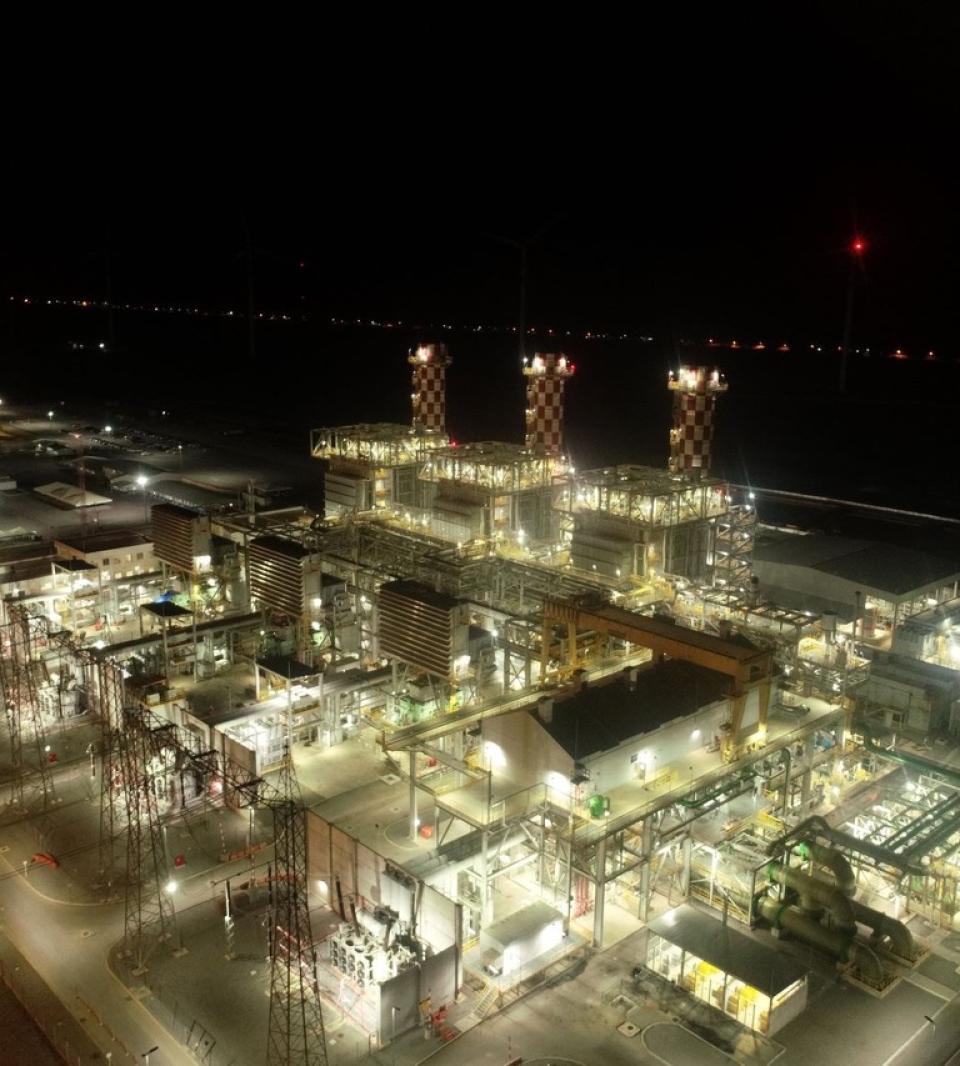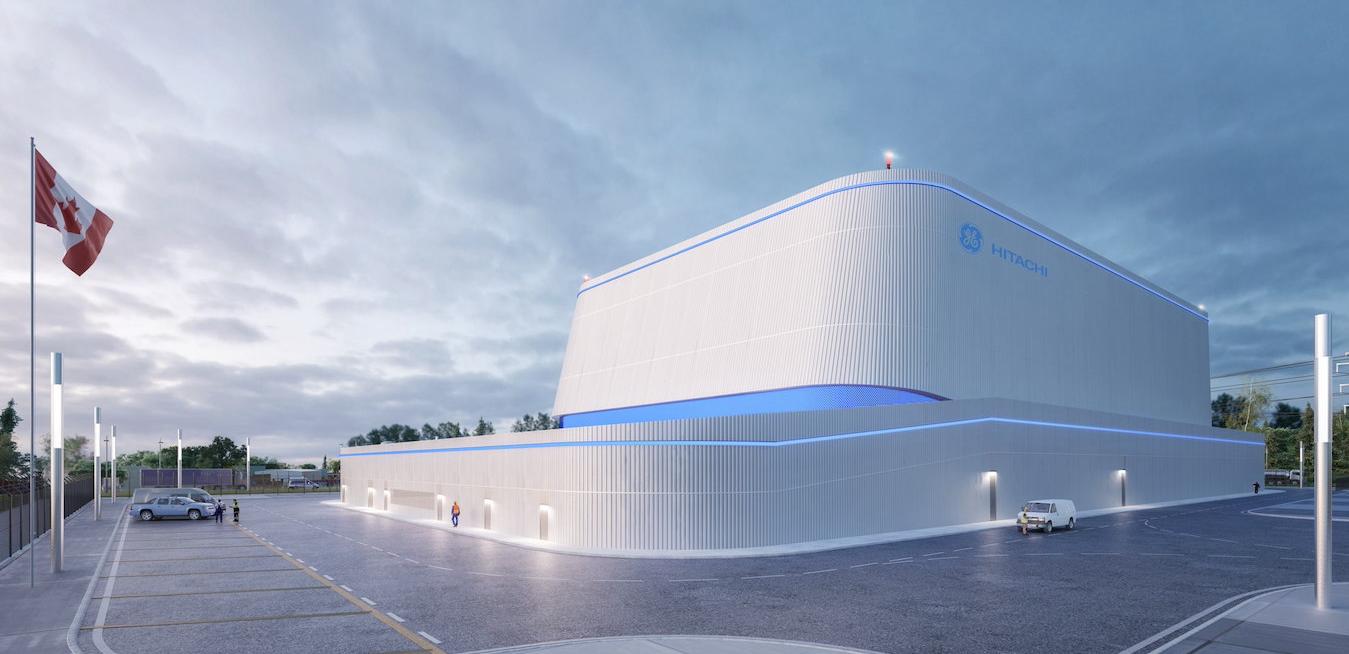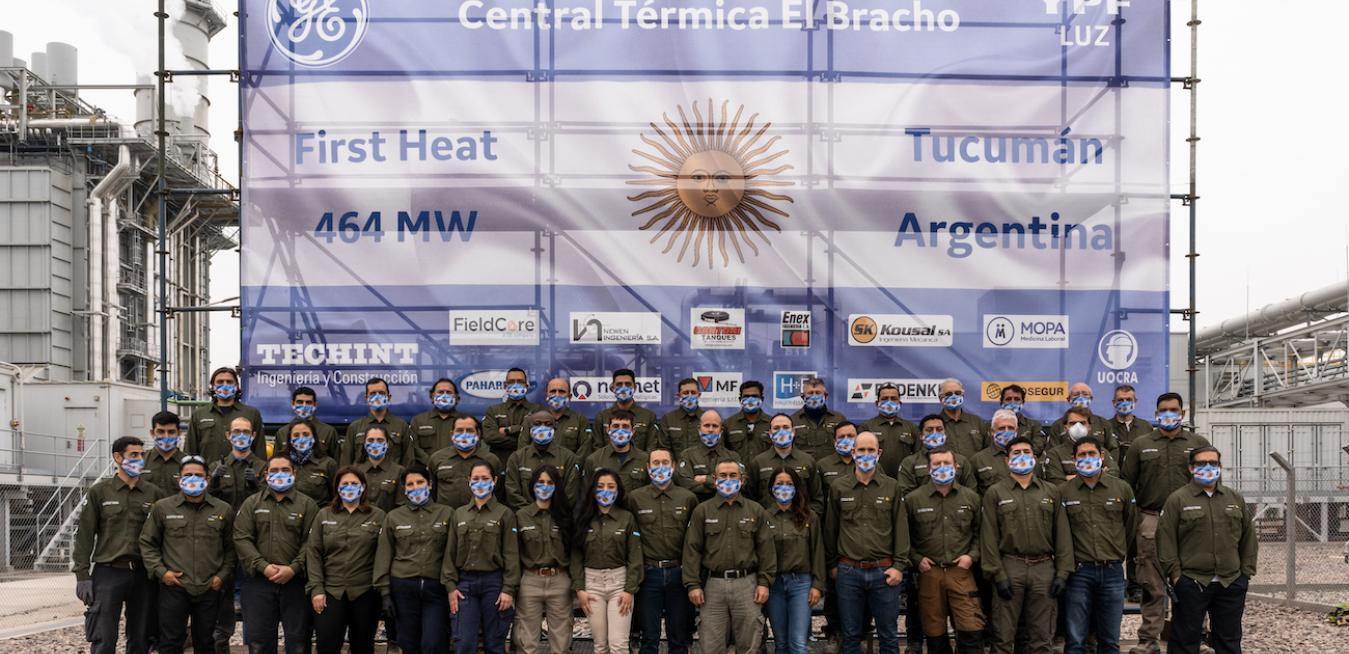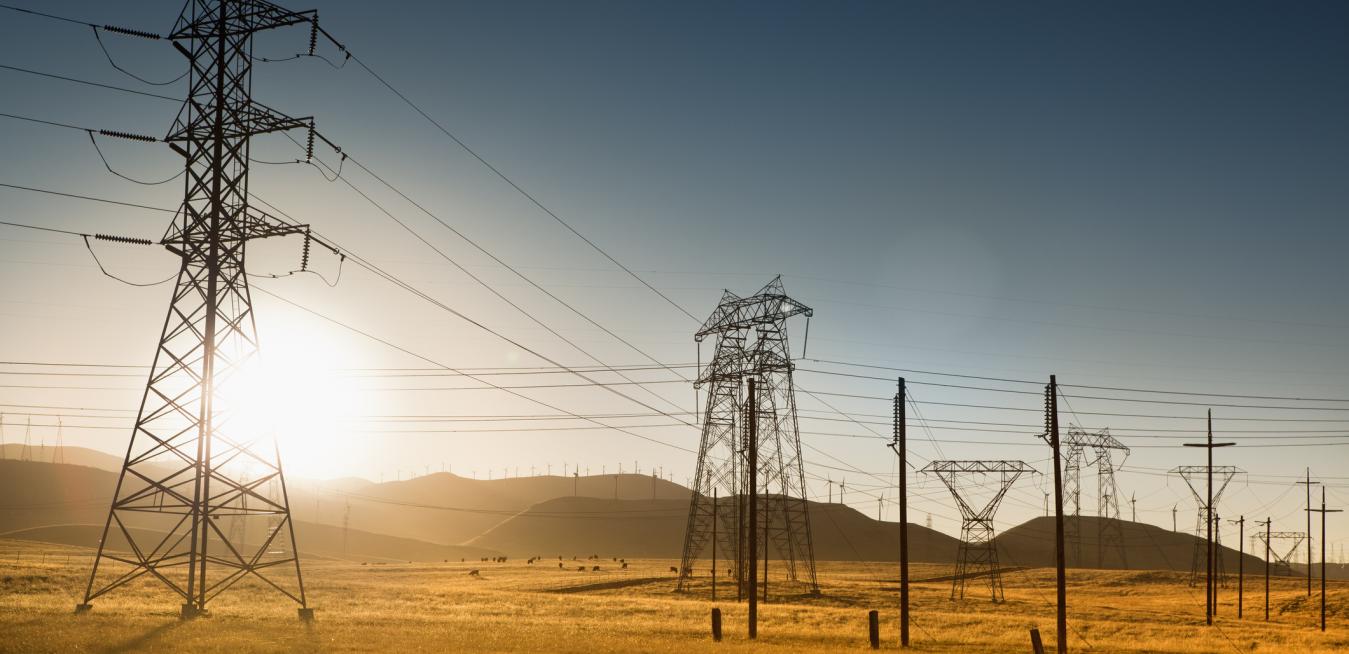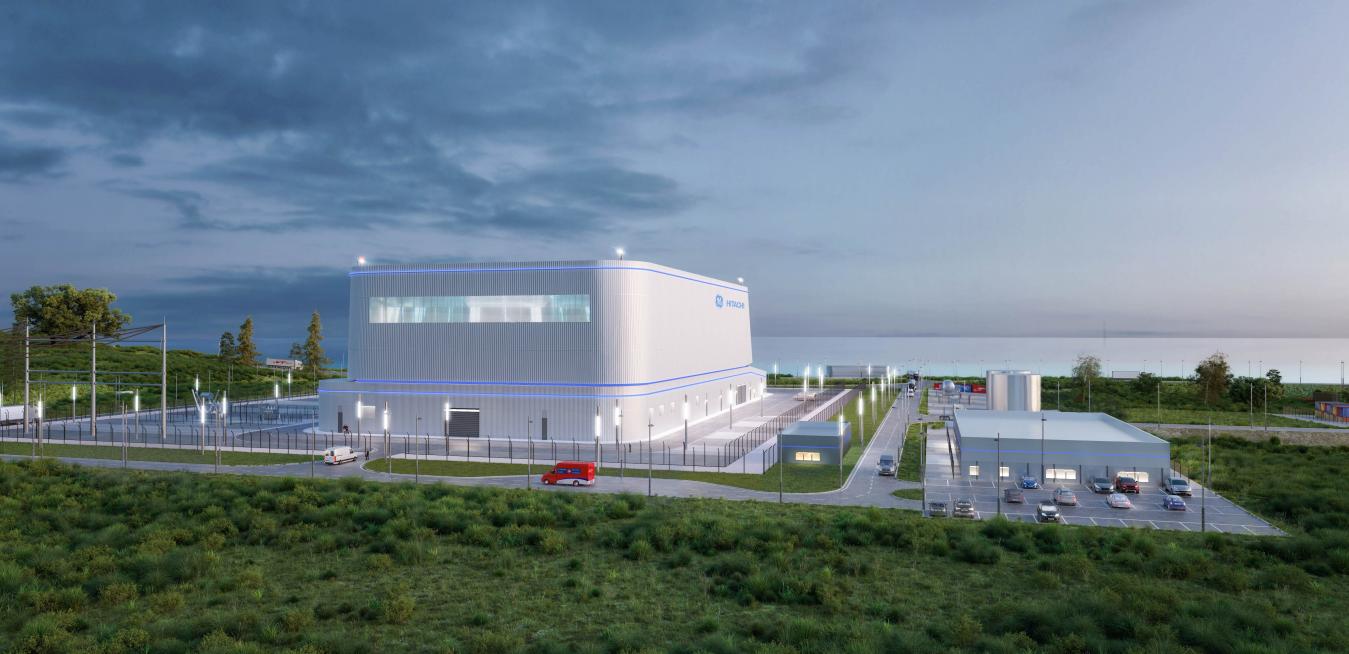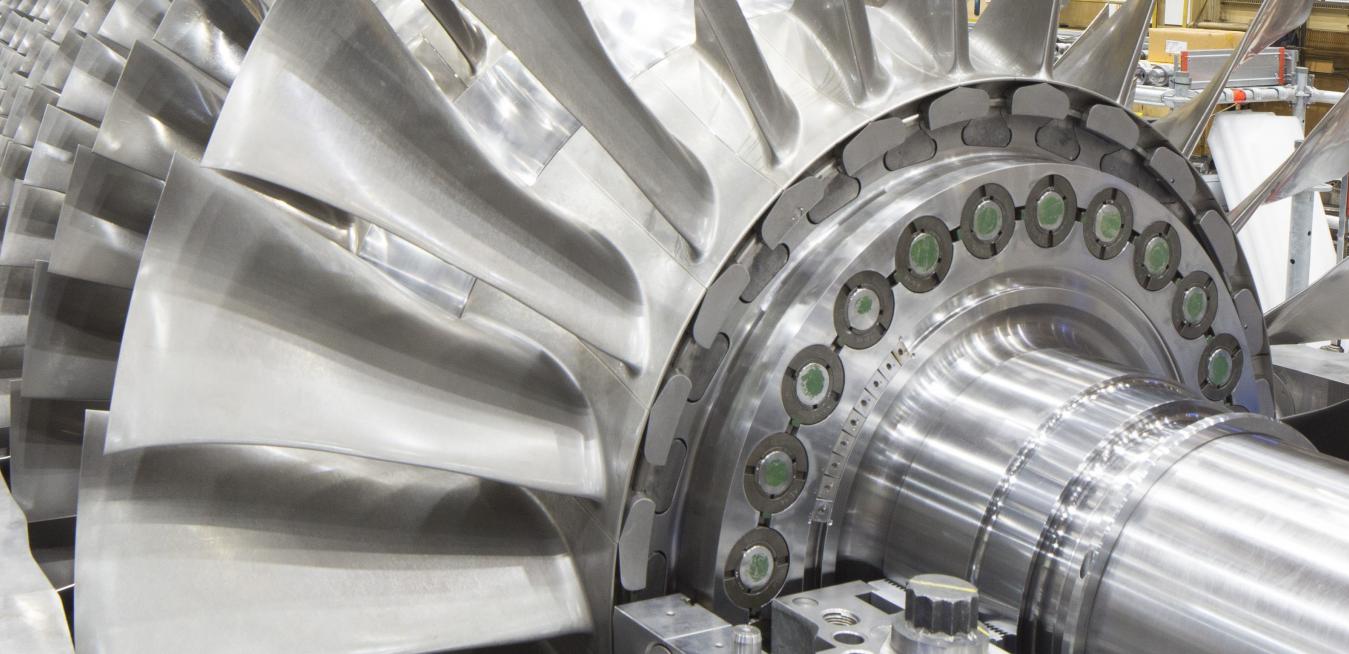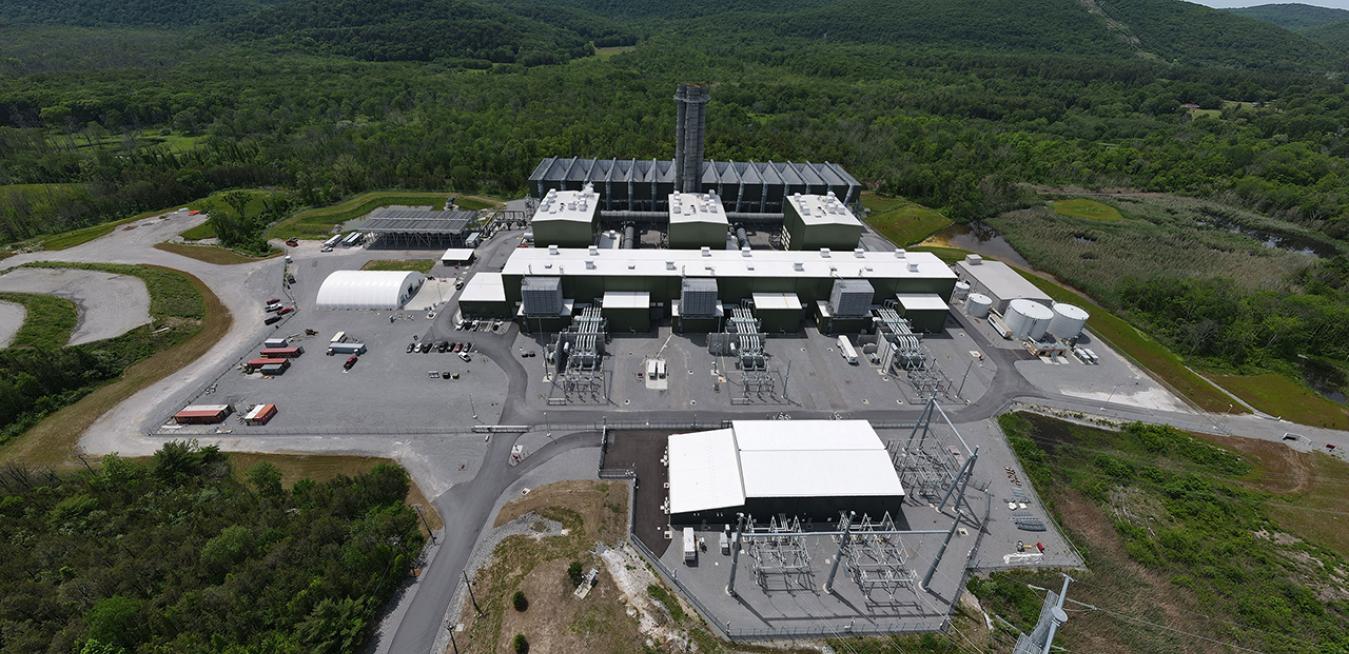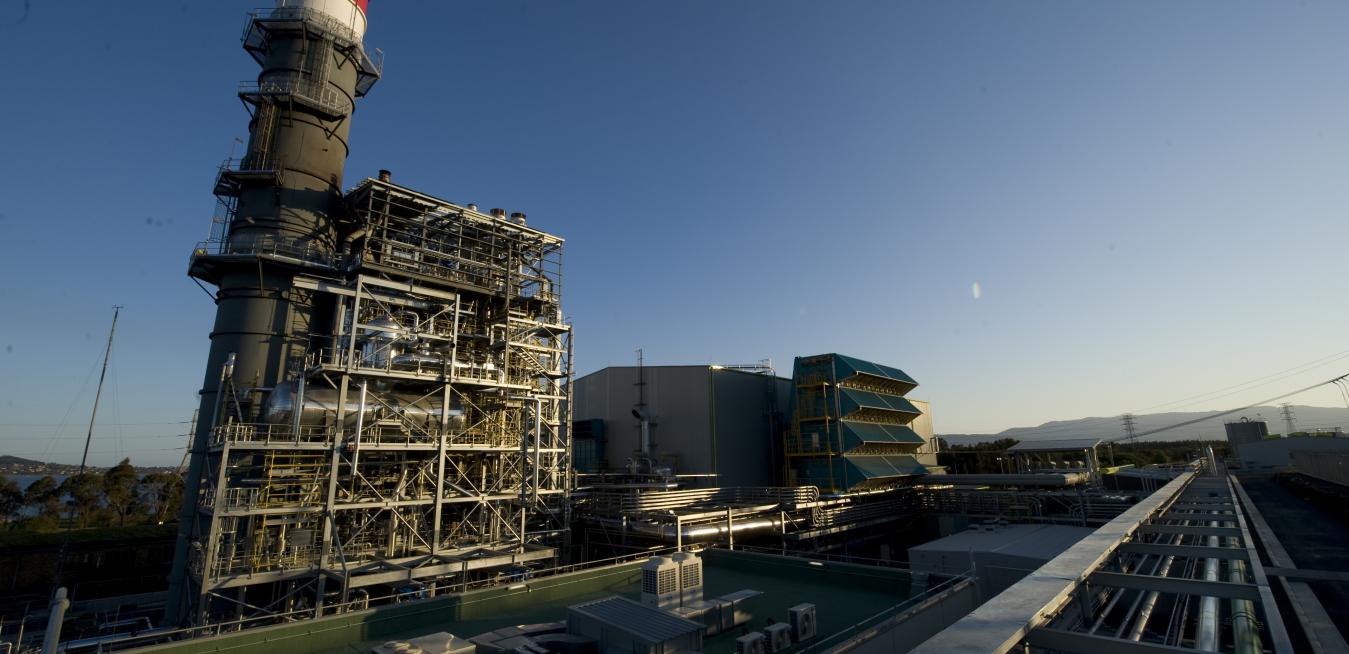China’s Greater Bay Area, surrounding the Pearl River Delta, is one of the world’s most densely populated areas, with 86 million people living in nine megacities. Powering this region is no small feat, especially in a country that is shifting away from coal, which the government vows to reduce to less than 58% of the national energy mix by the end of this year.
Brazil’s Northeast, a region that abounds with culture and large wind plants, among others, is also the home of Porto de Sergipe I, Latin America’s largest combined-cycle gas-fired power plant in operation.
Like many countries, Canada has pledged to reduce its net carbon emissions to zero by 2050. But what makes Canada unique is how it wants to achieve that goal. Like others, it has been boosting renewables. But it also plans to add to the mix a powerful new source: small modular reactors, or SMRs, which can be deployed faster than conventional ones and at a lower cost per unit of output. Last week, the province of Ontario selected GE Hitachi Nuclear Energy to build a grid-scale SMR and bring it online by the end of the decade.
When the Grande America, a cargo ship traveling between Hamburg, Germany, and Casablanca, Morocco, caught fire and sank off the coast of France in March 2019, all 27 people on board were able to get to safety.
In 1836, Charles Darwin visited Australia as part of the historic second voyage of the HMS Beagle. Though he didn’t make landfall on that continent’s northern coast, the Beagle’s follow-up expedition studied the shores of the Northern Territory, and the captain of the Beagle gave Port Darwin its name in honor of the father of the theory of evolution. Today Darwin is the territory’s capital, and it’s playing a role in a new kind of evolution for our species: the transition toward a decarbonized energy future.
Few U.S. states have been as tested by climate change as California. Heat, drought, wildfires and smoke have caused distress for residents and for utilities supplying them with electricity. To be sure, the most populous state has been aggressively adding renewables to lower its carbon emissions, but it also needs other sources of energy to supply baseload power when the sun stops shining, the wind stops blowing and water starts running low, affecting hydropower output.
Canada, like many industrialized countries, has pledged to reduce its net carbon emissions to zero by 2050. But what makes Canada unique is how it wants to achieve that goal. Like others, it has been boosting renewables. But it also plans to add to the mix a powerful new source: small modular reactors, or SMRs, which can be deployed faster than conventional ones and at a lower cost per unit of output. The province of Ontario is already in the process of selecting a company to build an SMR there and bring it online by 2028. It would be the first such facility in the world.
Malaysia is not unlike other nations in Southeast Asia. Its population has tripled since 1970 and stands at 33 million today, while its GDP has grown nearly a hundredfold in that time. Growth is good, but keeping everyone’s light’s on while striving to cut carbon emissions and reduce air pollution requires some creative thinking.
Thirty miles east of Poughkeepsie in Dover, New York, the Cricket Valley Energy Center occupies an old industrial site that was vacant for 20 years. Today, the place also points to the way of decarbonization in the energy industry.
Long reliant on coal to make electricity, Australia is increasingly looking to renewable sources like wind and solar. But generating reliable, renewable power demands shoring up the grid when the breeze won’t blow and the sun won’t shine — and natural gas power is an efficient dispatchable power that can backstop these sources, and help immediately reduce emissions from coal-fired power.
